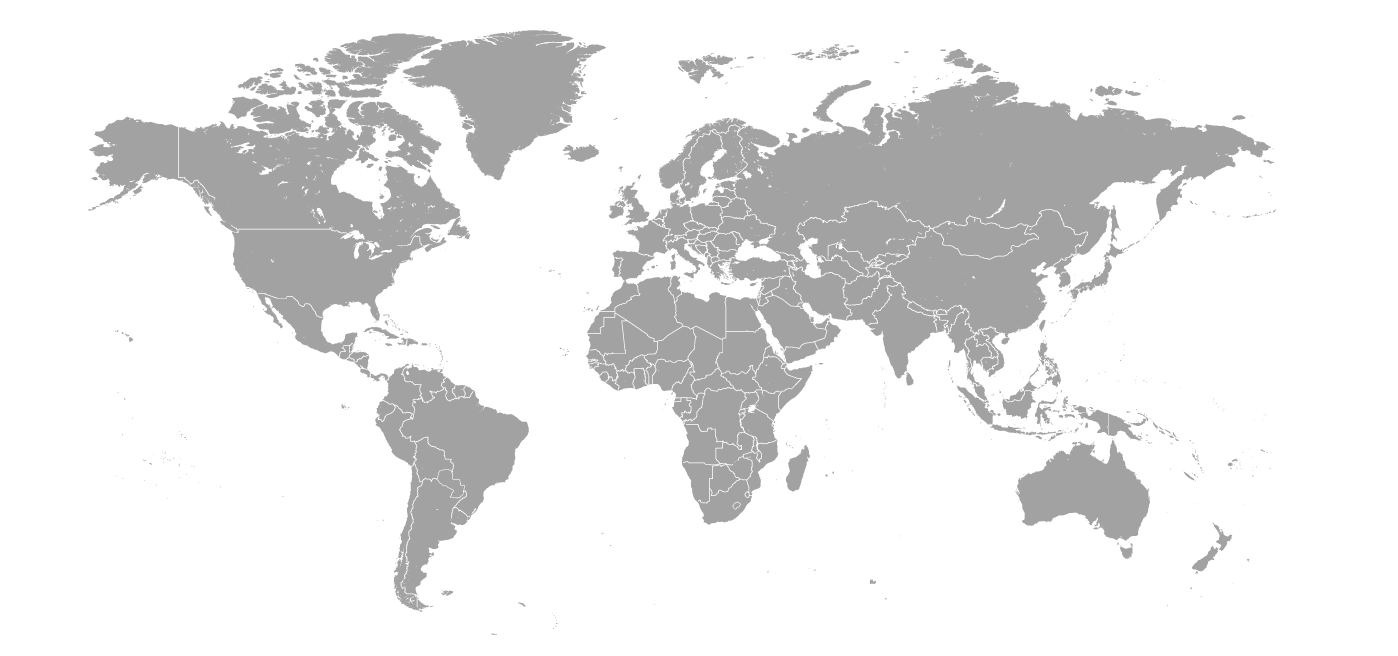Jigging technology on tour
Jigging technology on tour
Gesteinsperspektiven 04/23
Our semi-mobile pulsator jig is quick and easy to set up and can also be used flexibly anywhere in the world. The trade journal Gesteinsperspektiven took a closer look at it in its 04/23 issue on the subject of wet preparation. Here you can find the article.

Semi-mobile pulsator jig modular container design on truck.
“The specialists at SIEBTECHNIK TEMA – known not only for classic high-quality screening technology, but also for sorting process technology – have given the latter a mobility boost. The aim is to ensure high product purity according to the principle of dense sorting, even when possibly only temporary operations are scheduled. Thanks to its modular container design, the plant can be easily “moved” and used at different locations of a company.
The semi-mobile jig is based on the successful jig SK 16-25, which can be used to separate different products, such as gravel, construction waste or even stockpile material.
The semi-mobile plant concept for users in relevant industries essentially provides for three different basic containers from which the core plant is combined.
The centerpiece is the container SKC 16-25 with the integrated jig. Chutes for material feeding and the dewatering screen for light and heavy materials complete the precisely matched package. The raw material is fed into the container at the front end above the container and leaves it dry enough ready for conveying on the opposite side, separated into light and heavy material. There is a fresh water connection for operating the jig. The fines and the water from the drainage screen flow freely out of the container.
All electrical connections are combined in one connection point and designed as heavy-duty industrial plug connections. In its external dimensions, the module corresponds to a typical 20-foot sea container according to ISO 668, allowing transport with all cargo systems suitable for container shipping.
A supplementary container SKC-P serves as the base for the container SKC 16-25 and this is also where the control system for all core components is housed. The SKC-P collects fines and the water from the drainage screen in a collection tray. This mixture is transferred to the process water treatment system via a built-in pump. A second pump conveys fresh water into the SKC 16-25 and thus into the jig. This supplementary container also corresponds to a 20-foot container in terms of external dimensions, although it measures only 1874 mm in height.
The supplementary container SKC-Z is also compatible with 20-foot containers, but is even lower when lying down – it is then only 992 mm high. The reason for the dimensions, which seem adventurous at first glance, is that the components SKC-P and -Z, when joined together, correspond to another complete sea container. This means that the core system can be moved by a truck capable of transporting two containers of this type. The module SKC-Z is a carrier for a pocket cyclone as well as for the on-site panel of the modern plant control system. At the site, the SKC-Z is placed with its face next to the other two plant containers mounted on top of each other in such a way that the pocket cyclone can discharge onto the dewatering screen and the on-site panel occupies a position from which the operator has a good view of the plant. The cyclone largely desludges the process water, which is collected in the SKC-P before flowing through pipes to the settling and storage basins. Completing this core system, if desired, are inlet hoppers, discharge chute, settling and storage basins, and walk-throughs.[…]”
For the complete german article, visit the Gesteinsperspektiven web kiosk
More information about our semi-mobile jig can be found here.








